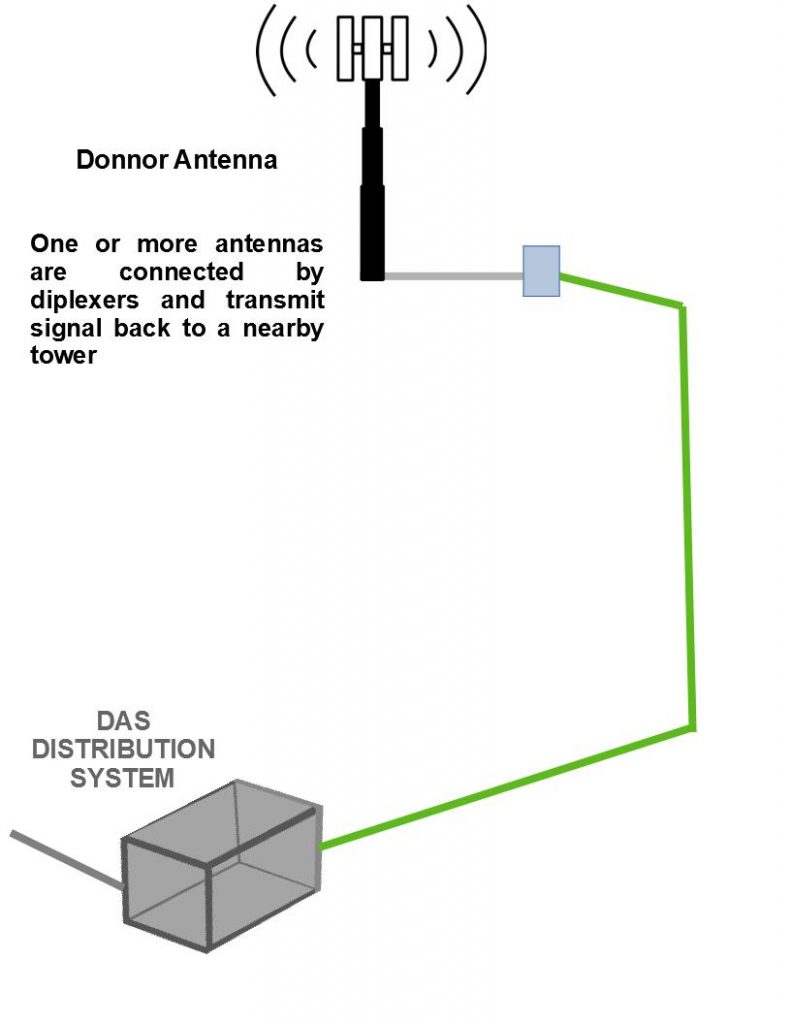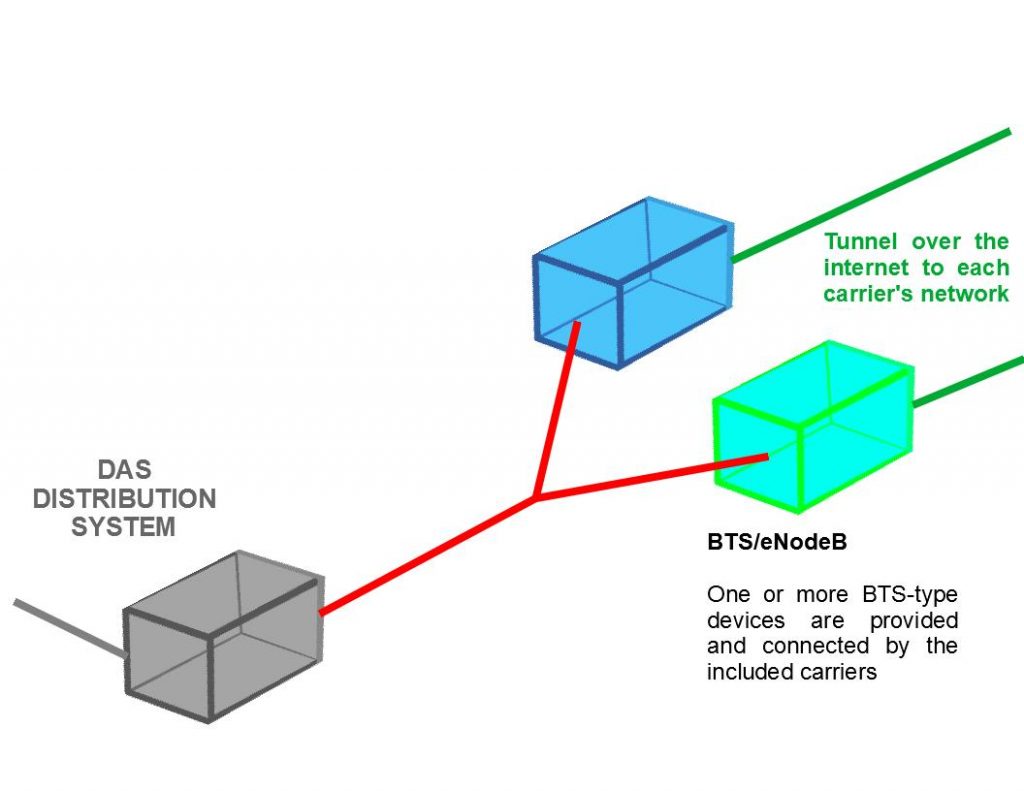WE ARE CARRIER-CONNECTED DAS SPECIALISTS

If you need reliable signal in your building for Verizon, AT&T, T-Mobile and/or Sprint, and if WiFi calling isn’t cutting it, consider the following:
1- Most Off-Air DAS don’t work reliably in highly congested urban areas.
2- Non-residential DAS system have to be approved by carriers
3- There is no way to guarantee or monitor performance of an in-building solution without the collaboration of the carriers
4- Technology is moving away from Off-Air DAS for reasons of both cost and performance
5- Off-Air System does not provide E911 location of the building.
Legal considerations: FCC Report and Order 13-21 mandates that all commercial and industrial ad-hoc solutions have to be subjected to Carrier Approval on a case by case basis. Each carrier is the FCC License Holder in the respective frequency or frequencies and so all deployments can transmit signal only if authorized by the Carrier. The Authorization can be issued as well as revoked by the License Holder at any time.
Off-Air Signal
Sources/ BTS Fed


Pros of Off Air Systems:
- Marginally lower deployment cost
- Lower operating cost
- Potentially faster deployment depending on Carrier Approval process
Cons of Off Air System:
- Performance is strongly dependent on Signal Quality from nearby towers
- Operational state can be monitored but performance metrics like users, connectivity and signal quality cannot be monitored
- Troubleshooting issues can only be done on site
- Signal quality issues cannot be resolved
- Capacity cannot be expanded to increase users or data rates
- Performance tends to decline over time because of macro congestion
- Performance fluctuates depending on tower traffic
- Cannot be upgraded to support 5G and future technological improvements
- Carriers will not approve if tower system is congested
- Only provides E911 location of the tower
- Carrier personnel access to premises has to granted at any time due to potential for interference
Pros of Carrier Sources based systems:
- State as well as performance can be monitored
- Designed to provide adequate capacity and performance for the number of users and the level of service expected
- Can be expanded to support more users, higher data rates and future technologies
- Issues can be analyzed remotely. On-site intervention if required is usually resolutory in one trip
- It is upgradable to 5G
- Performance does not tend to decline over time
- Does not depend from nearby towers
- Performance does not fluctuate due to tower traffic
- Provides E911 location of the building
- Carrier approval is included with provisioning of the sources
- Carrier personnel access to premises is not commonly expected especially after hours
Cons of Carrier Sources system:
- Higher operating cost due to backhaul, monitoring and support
- Somewhat higher deployment cost
- Longer deployment time due to sources provisioning